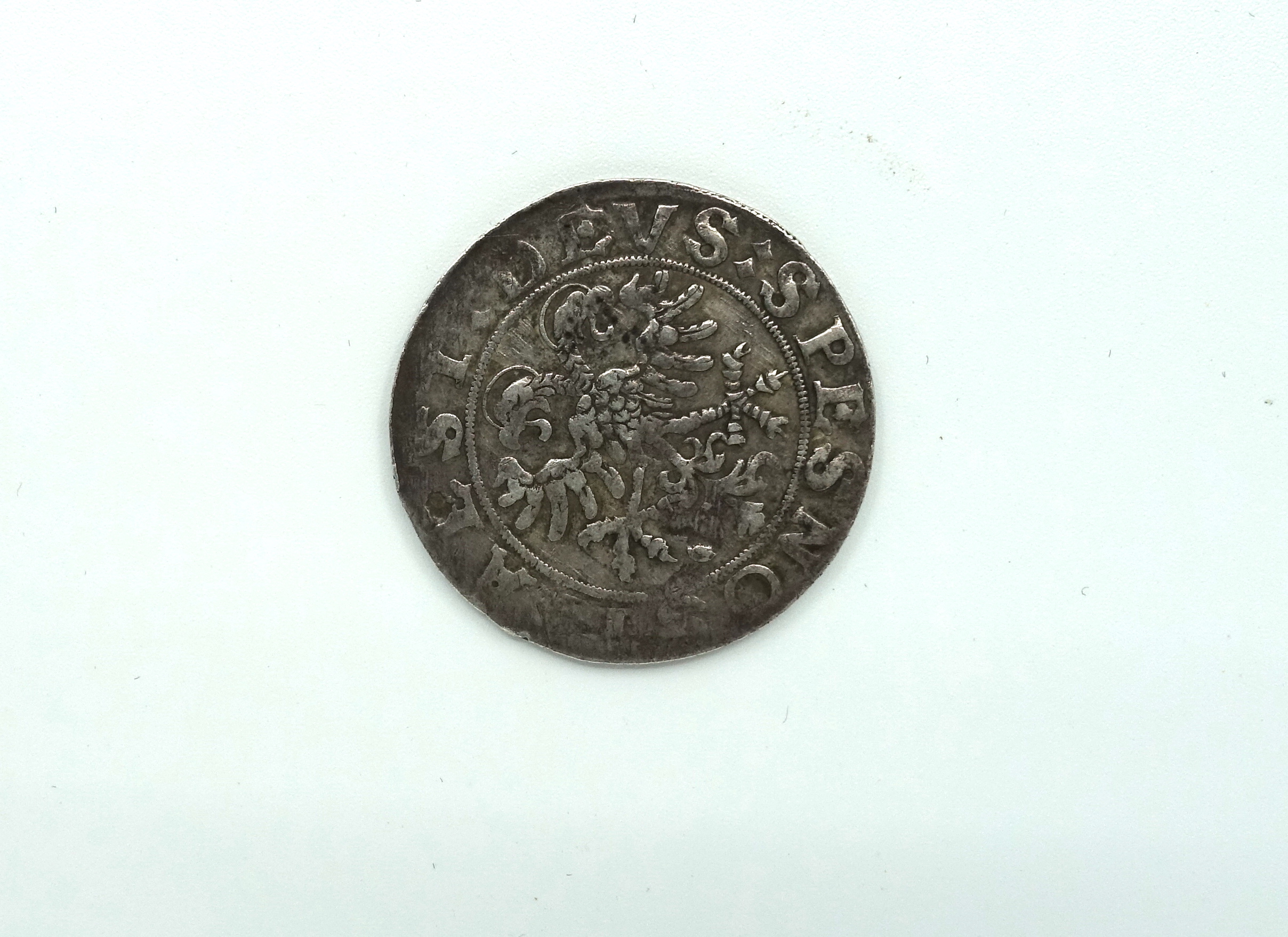|
Dazdie
Dazdie was the tax paid by Romani state serfs in Bessarabia to the Russian Empire after the region was incorporated in 1812. Roma state serfs were organised in 3 categories: * First class: owing annual taxes of 40 lei; * Second class: owing annual taxes of 20 lei; * Third class: consisting of the elderly, widows and orphans and owing no taxes. Privately owned Roma serfs were not obliged to pay the tax. The Roma serfs often emigrated to avoid state and private exploitation. See also *Leibzoll *Jizya Jizya ( ar, جِزْيَة / ) is a per capita yearly taxation historically levied in the form of financial charge on dhimmis, that is, permanent Kafir, non-Muslim subjects of a state governed by Sharia, Islamic law. The jizya tax has been unde ... References * Viorel Achim. ''The Roma in Romanian History''. 2004. Budapest: Central European University Press. . pp. 130–132. Russian Empire Serfdom Romani history Romani in Russia Unfree labour by country ... [...More Info...] [...Related Items...] OR: [Wikipedia] [Google] [Baidu] |
Bessarabia
Bessarabia (; Gagauz: ''Besarabiya''; Romanian: ''Basarabia''; Ukrainian: ''Бессара́бія'') is a historical region in Eastern Europe, bounded by the Dniester river on the east and the Prut river on the west. About two thirds of Bessarabia lies within modern-day Moldova, with the Ukrainian Budjak region covering the southern coastal region and part of the Ukrainian Chernivtsi Oblast covering a small area in the north. In the aftermath of the Russo-Turkish War (1806–1812), and the ensuing Peace of Bucharest, the eastern parts of the Principality of Moldavia, an Ottoman vassal, along with some areas formerly under direct Ottoman rule, were ceded to Imperial Russia. The acquisition was among the Empire's last territorial acquisitions in Europe. The newly acquired territories were organised as the Bessarabia Governorate of the Russian Empire, adopting a name previously used for the southern plains between the Dniester and the Danube rivers. Following the Crimean War ... [...More Info...] [...Related Items...] OR: [Wikipedia] [Google] [Baidu] |
Leibzoll
The Leibzoll (German: "body tax") was a special toll that Jews had to pay in most European states from the Middle Ages to the 19th century. Rate of the toll The origin of the Leibzoll may be traced to the political position of the Jews in Germany, where they were considered crown property and, therefore, under the king's protection. In his capacity as Holy Roman emperor the king claimed the exclusive rights of the jurisdiction and taxation of the Jews, and retained responsibility for the protection of their lives and their property. He granted them protection either by a guard or by safe-conduct; chiefly by the latter, for the Jews, being extensive travelers, when they went on long business trips could not always be accompanied by imperial guards. The first instance of the granting of one of these safe-conducts occurred under Louis le Débonnaire (814–840), and a specimen of it may be found among the documents preserved in the " Liber Formularum" of that period. According to ... [...More Info...] [...Related Items...] OR: [Wikipedia] [Google] [Baidu] |
Romani People
The Romani (also spelled Romany or Rromani , ), colloquially known as the Roma, are an Indo-Aryan ethnic group, traditionally nomadic itinerants. They live in Europe and Anatolia, and have diaspora populations located worldwide, with significant concentrations in the Americas. In the English language, the Romani people are widely known by the exonym Gypsies (or Gipsies), which is considered pejorative by many Romani people due to its connotations of illegality and irregularity as well as its historical use as a racial slur. For versions (some of which are cognates) of the word in many other languages (e.g., , , it, zingaro, , and ) this perception is either very small or non-existent. At the first World Romani Congress in 1971, its attendees unanimously voted to reject the use of all exonyms for the Romani people, including ''Gypsy'', due to their aforementioned negative and stereotypical connotations. Linguistic and genetic evidence suggests that the Roma originated ... [...More Info...] [...Related Items...] OR: [Wikipedia] [Google] [Baidu] |
Serf
Serfdom was the status of many peasants under feudalism, specifically relating to manorialism, and similar systems. It was a condition of debt bondage and indentured servitude with similarities to and differences from slavery, which developed during the Late Antiquity and Early Middle Ages in Europe and lasted in some countries until the mid-19th century. Unlike slaves, serfs could not be bought, sold, or traded individually though they could, depending on the area, be sold together with land. The kholops in Russia, by contrast, could be traded like regular slaves, could be abused with no rights over their own bodies, could not leave the land they were bound to, and could marry only with their lord's permission. Serfs who occupied a plot of land were required to work for the lord of the manor who owned that land. In return, they were entitled to protection, justice, and the right to cultivate certain fields within the manor to maintain their own subsistence. Serfs were often r ... [...More Info...] [...Related Items...] OR: [Wikipedia] [Google] [Baidu] |
Romanian Leu
The Romanian leu (, plural lei ; ISO code: RON; numeric code: 946) is the currency of Romania. It is subdivided into 100 (, singular: ), a word that means "money" in Romanian. Etymology The name of the currency means "lion", and is derived from the Dutch thaler ( "lion thaler/dollar"). The Dutch ''leeuwendaalder'' was imitated in several German and Italian cities. These coins circulated in Romania, Moldova and Bulgaria and gave their name to their respective currencies: the ''Romanian leu'', the 'Moldovan leu'' and the ''Bulgarian lev''. History First leu: 1867–1947 In 1860, the Domnitor Alexandru Ioan Cuza attempted to create a national ''românul'' ("the Romanian") and the ''romanat''; however, the project was not approved by the Ottoman Empire. On 22 April 1867, a bimetallic currency was adopted, with the leu equal to 5 grams of 83.5% silver or 0.29032 grams of gold. The first leu coin was minted in Romania in 1870. Before 1878 the silver Imperial ... [...More Info...] [...Related Items...] OR: [Wikipedia] [Google] [Baidu] |
Jizya
Jizya ( ar, جِزْيَة / ) is a per capita yearly taxation historically levied in the form of financial charge on dhimmis, that is, permanent Kafir, non-Muslim subjects of a state governed by Sharia, Islamic law. The jizya tax has been understood in Islam as a fee for protection provided by the Muslim ruler to non-Muslims, for the exemption from military service for non-Muslims, for the permission to practice a non-Muslim faith with some communal autonomy in a Muslim state, and as material proof of the non-Muslims' submission to the Muslim state and its laws. The Quran and hadiths mention jizya without specifying its rate or amount,Sabet, Amr (2006), ''The American Journal of Islamic Social Sciences'' 24:4, Oxford; pp. 99–100. and the application of jizya varied in the course of Islamic history. However, scholars largely agree that early Muslim rulers adapted existing systems of taxation and tribute that were established under previous rulers of the conquered lands, such as ... [...More Info...] [...Related Items...] OR: [Wikipedia] [Google] [Baidu] |
Russian Empire
The Russian Empire was an empire and the final period of the Russian monarchy from 1721 to 1917, ruling across large parts of Eurasia. It succeeded the Tsardom of Russia following the Treaty of Nystad, which ended the Great Northern War. The rise of the Russian Empire coincided with the decline of neighbouring rival powers: the Swedish Empire, the Polish–Lithuanian Commonwealth, Qajar Iran, the Ottoman Empire, and Qing China. It also held colonies in North America between 1799 and 1867. Covering an area of approximately , it remains the third-largest empire in history, surpassed only by the British Empire and the Mongol Empire; it ruled over a population of 125.6 million people per the 1897 Russian census, which was the only census carried out during the entire imperial period. Owing to its geographic extent across three continents at its peak, it featured great ethnic, linguistic, religious, and economic diversity. From the 10th–17th centuries, the land ... [...More Info...] [...Related Items...] OR: [Wikipedia] [Google] [Baidu] |
Serfdom
Serfdom was the status of many peasants under feudalism, specifically relating to manorialism, and similar systems. It was a condition of debt bondage and indentured servitude with similarities to and differences from slavery, which developed during the Late Antiquity and Early Middle Ages in Europe and lasted in some countries until the mid-19th century. Unlike slaves, serfs could not be bought, sold, or traded individually though they could, depending on the area, be sold together with land. The kholops in Russia, by contrast, could be traded like regular slaves, could be abused with no rights over their own bodies, could not leave the land they were bound to, and could marry only with their lord's permission. Serfs who occupied a plot of land were required to work for the lord of the manor who owned that land. In return, they were entitled to protection, justice, and the right to cultivate certain fields within the manor to maintain their own subsistence. Serfs were ofte ... [...More Info...] [...Related Items...] OR: [Wikipedia] [Google] [Baidu] |
Romani History
The Romani people, also referred to as Roma, Sinti or Kale, depending on the sub-group, are an Indo-Aryan ethnic group which primarily lives in Europe. The Romani may have migrated from what is the modern Indian state of Rajasthan, migrating to the northwest (the Punjab region of the Indian subcontinent) around 250 BCE. Their subsequent westward migration, possibly in waves, is now believed to have occurred beginning in about 500 CE. It has also been suggested that emigration from India may have taken place in the context of the raids by Mahmud of Ghazni. As these soldiers were defeated, they were moved west with their families into the Byzantine Empire. The author Ralph Lilley Turner theorised a central Indian origin of Romani followed by a migration to Northwest India as it shares a number of ancient isoglosses with Central Indo-Aryan languages in relation to realization of some sounds of Old Indo-Aryan. This is lent further credence by its sharing exactly the same pattern ... [...More Info...] [...Related Items...] OR: [Wikipedia] [Google] [Baidu] |
Romani In Russia
Romani may refer to: Ethnicities * Romani people, an ethnic group of Northern Indian origin, living dispersed in Europe, the Americas and Asia ** Romani genocide, under Nazi rule * Romani language, any of several Indo-Aryan languages of the Romani people * Romanichal, Romani subgroup in the British Isles People * Romani (name), list of people with the name Other uses * Battle of Romani, near the Egyptian town of the same name *Romani (grape), another name for the Italian wine grape Trebbiano See also *List of Romani people *Names of the Romani people *Rom (other) *Roma (other) * Români (other) *Romani ite domum "" ( en, Romans go home, italic=yes) is the corrected Latin Latin (, or , ) is a classical language belonging to the Italic languages, Italic branch of the Indo-European languages. Latin was originally a dialect spoken in the lower Tiber a ..., corrected Latin phrase for graffiti shown in the film ''Monty Python's Life of Brian'' {{ ... [...More Info...] [...Related Items...] OR: [Wikipedia] [Google] [Baidu] |





